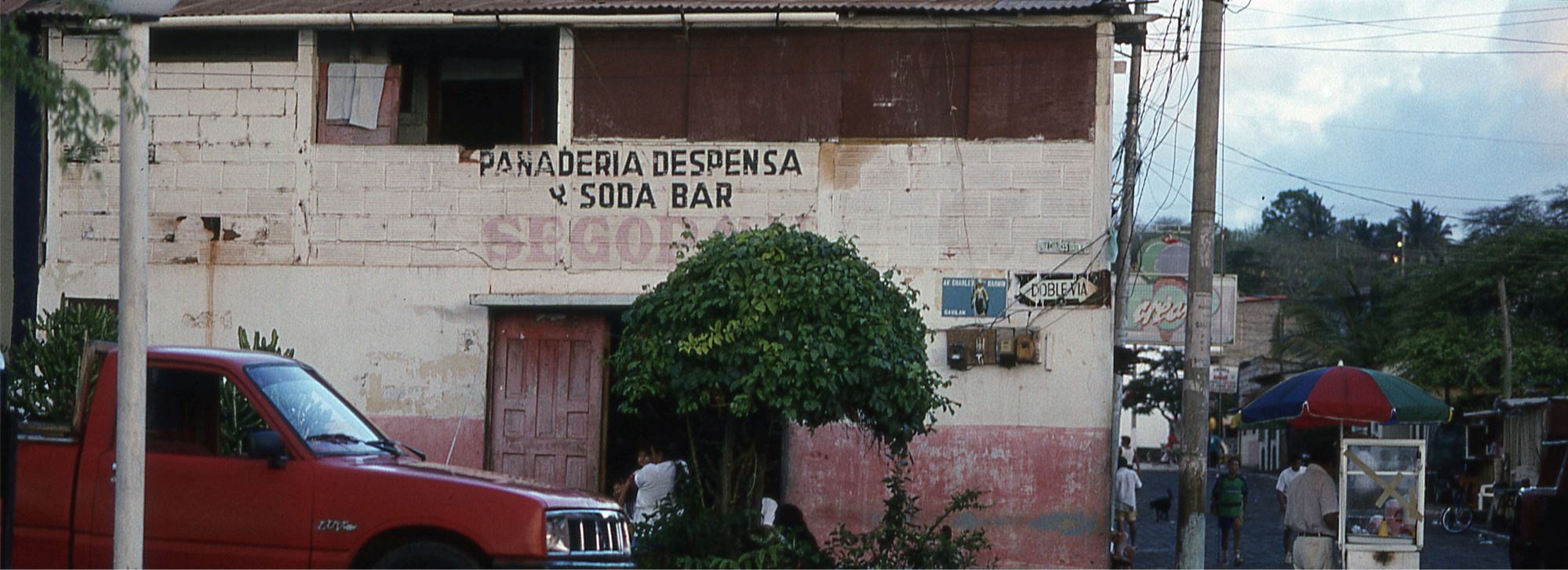The traces of the islands' memory
Elements of Galapagos' cultural heritage
Initially in their history of human occupation, the Galapagos Islands were a space for travel and exploration. One of the best elements expressing that quality are the many graffiti still found in the rocks of the archipelago’s coasts, especially near the landing sites. They can be used to track down the history of navigation in the islands, and, even if they can be considered as an invasive trait or damage to the environment, they also codify the human presence in Galapagos at least since the late 18th century. Graffiti and other elements related to travelling (docks, anchors, wrecks, etc.) are part of the islands’ tangible cultural heritage and represent an important part of the Galapagoan history.
In many cases, travelling led to colonization: the archipelago has been (and still is, actually) a space of colonists who have left traces almost everywhere. From the caves in the highlands of Floreana Island to the early houses and crop fields in Santa Cruz or the "Wall of Tears" in Isabela, all of them represent an invaluable tangible heritage.
Industry has been a vital part of the occupation and colonization process. Hence, the islands have also been an industrial space. The ruins and remains of the "haciendas" in San Cristobal’s highlands, the salt mine at Santiago or the saltworks near Puerto Ayora, in Santa Cruz Island, as well as many other marks and scars left on the territory by humans, are part of a very important industrial heritage that explains the attempts for survival and progress of the local populations throughout time.
War has influenced the landscape in the Galapagos. The presence of the US military base at Baltra has left several buildings and structures, both in that island and in the neighboring ones. There are abandoned war-related elements in southern Isabela, and "Baltra pine" (the wood from the disassembled American barracks) is still a building material in many old Galapagoan houses. Baltra’s airport and harbor are themselves remnants of the American presence, as well as the water distribution system in San Cristobal. Although is a weakly preserved heritage, it is still an important part of the islands’ history and memory.
Last, but not least, is the scientific heritage. During the last two centuries, Galapagos has been one of the spaces most intensively occupied by scientists in the world. The presence of researchers, explorers and, in general, academics in the islands has been continuous since the late 18th century. And although the tangible signals of such a presence are not as evident as those belonging to other heritage categories, they are important. From the first scientific station created by Norwegian Alf Wollebaek in Floreana Island to the premises of the Charles Darwin Research Station in Santa Cruz, all of them give account of the scientific activities in the archipelago.
All of the above has generated an enormous and rich documentary heritage, also tangible: from photographs and videos documenting landscapes, people and buildings, to the numerous articles, books and newspapers that compile all the knowledge produced. Associated with these different spaces in terms of tangible heritage, there is an intangible one: the oral tradition, folklore, customs, beliefs and traditions of a place, a people and/or a community.
Cultural heritage in Galapagos is undoubtedly multifaceted. The stronger the established links between its many parts, the richer it becomes.
[The photograph that illustrates this text is a slide preserved in the CDF Archive. It was taken by Godfrey Merlen in Puerto Ayora, Santa Cruz Island, in what is now Av. Charles Darwin, in the mid-1970s].
Text & picture: Edgardo Civallero (edgardo.civallero@fcdarwin.org.ec).
Publication date: 1 May 2022
Last update: 1 May 2022
